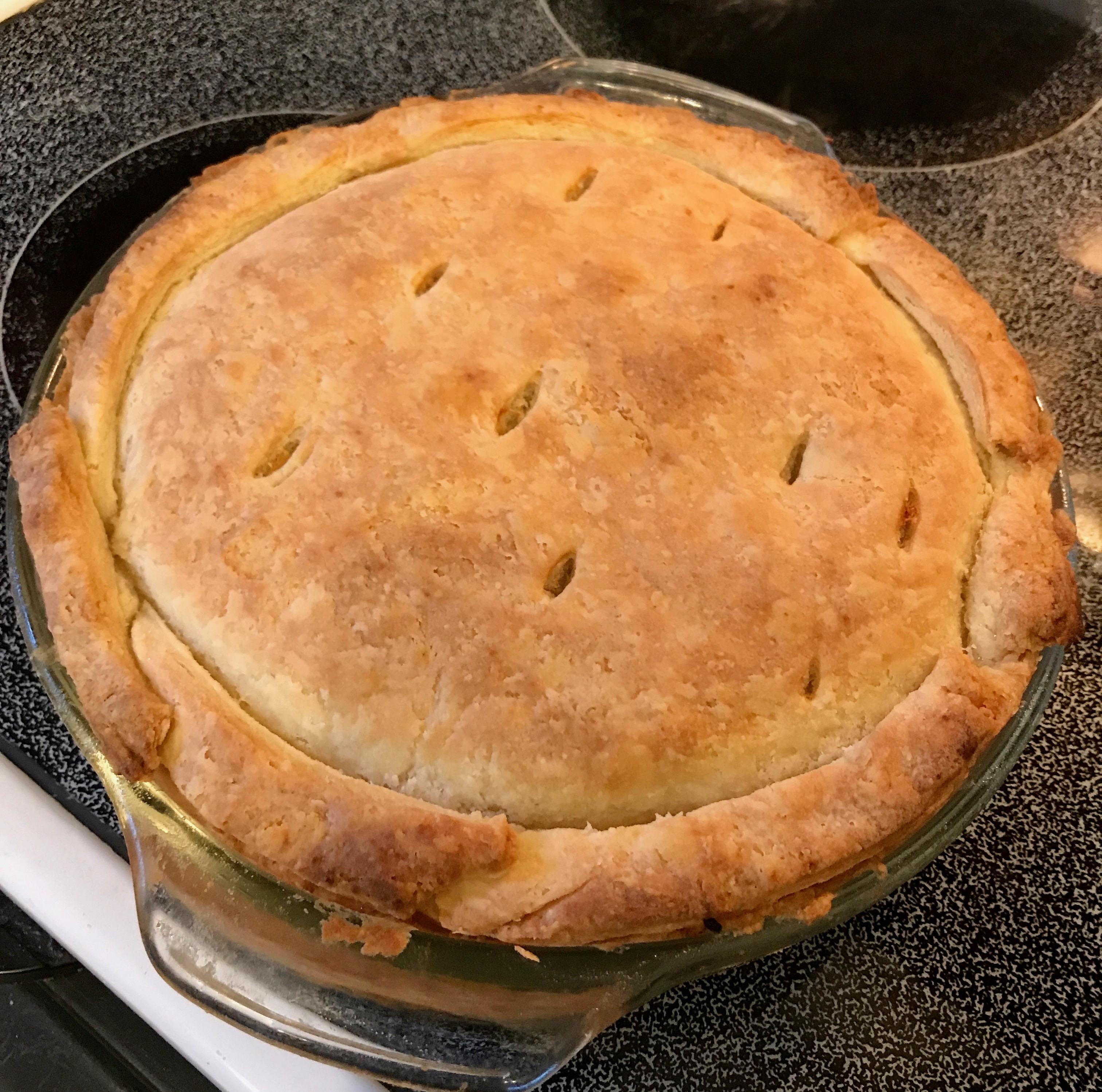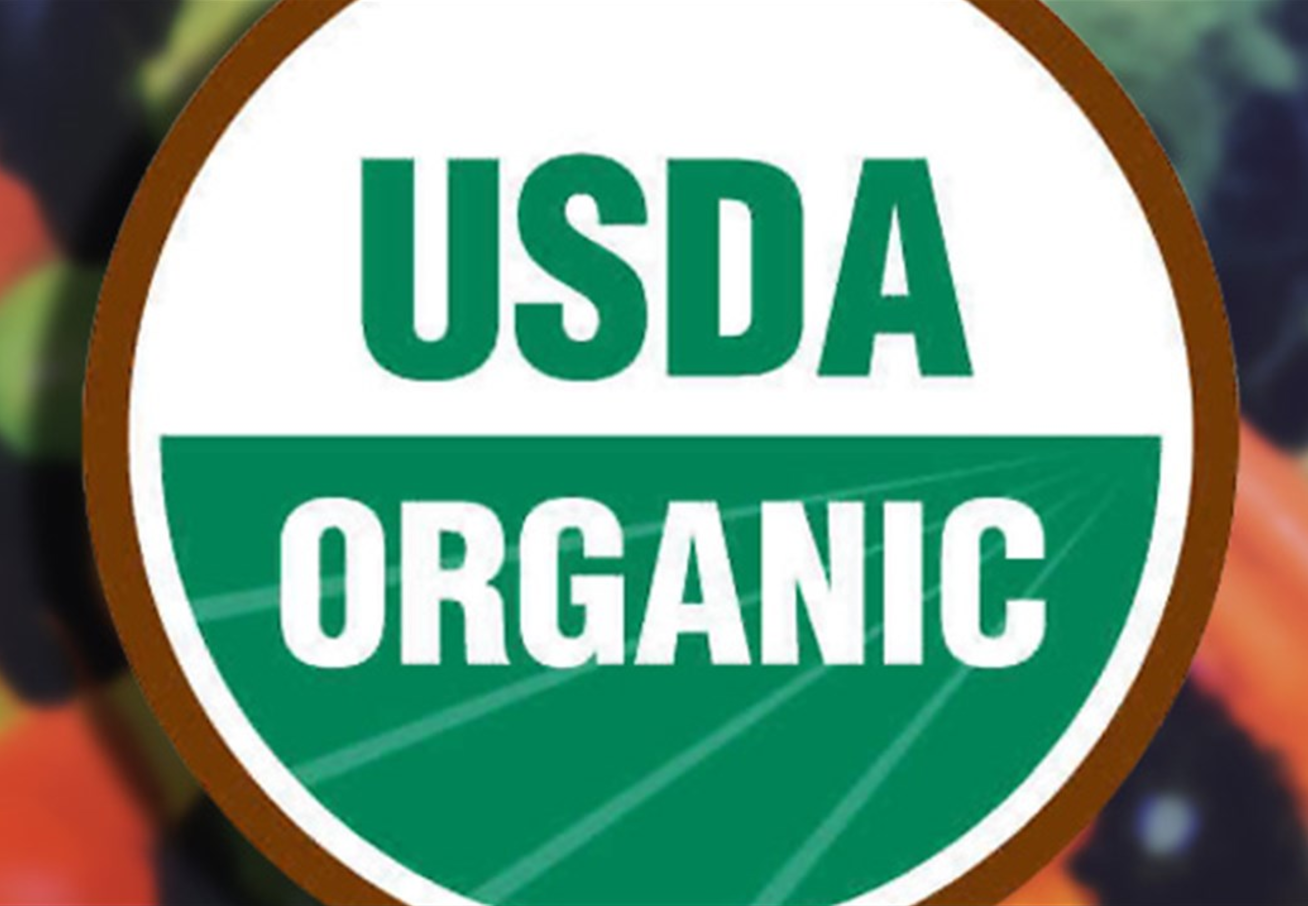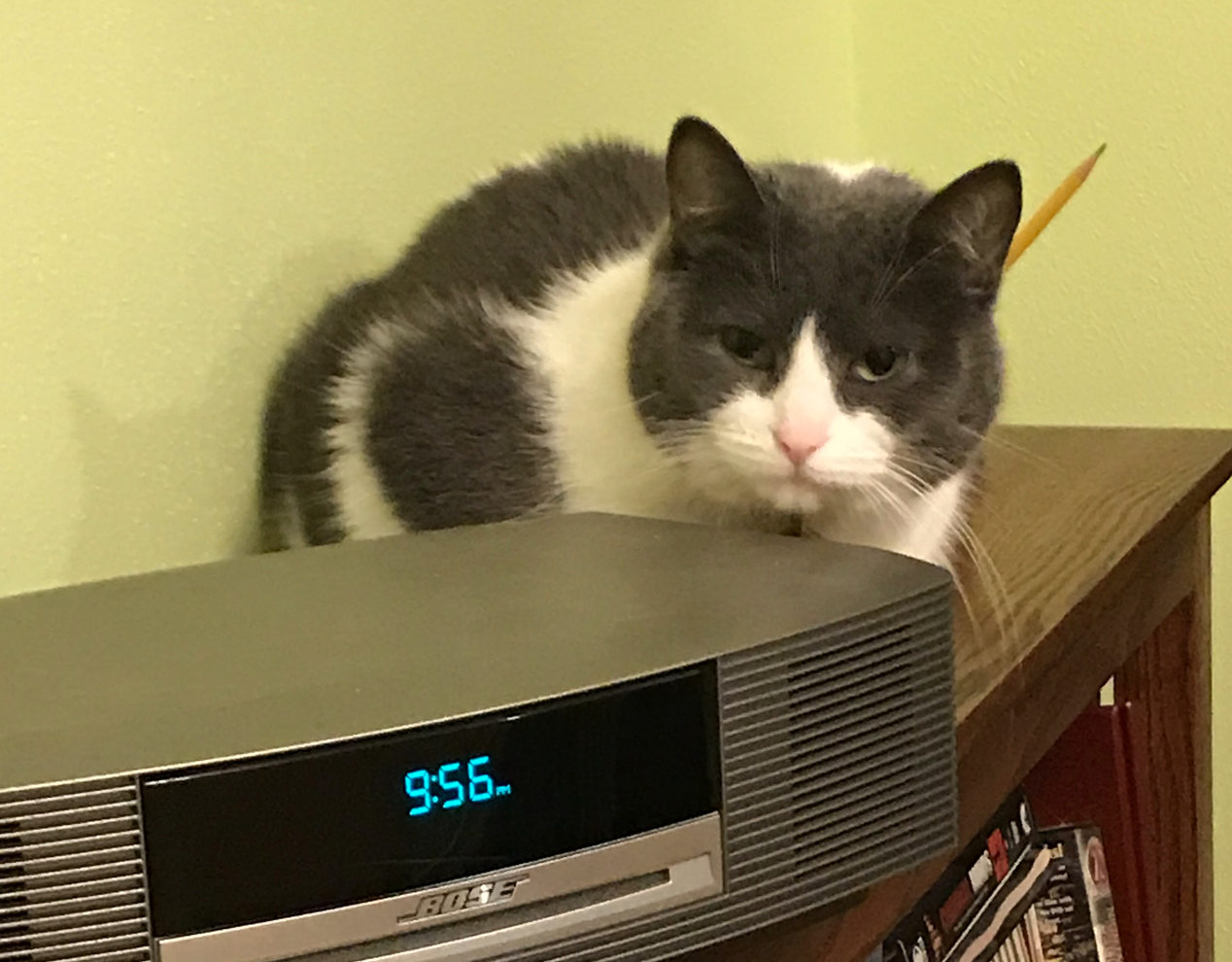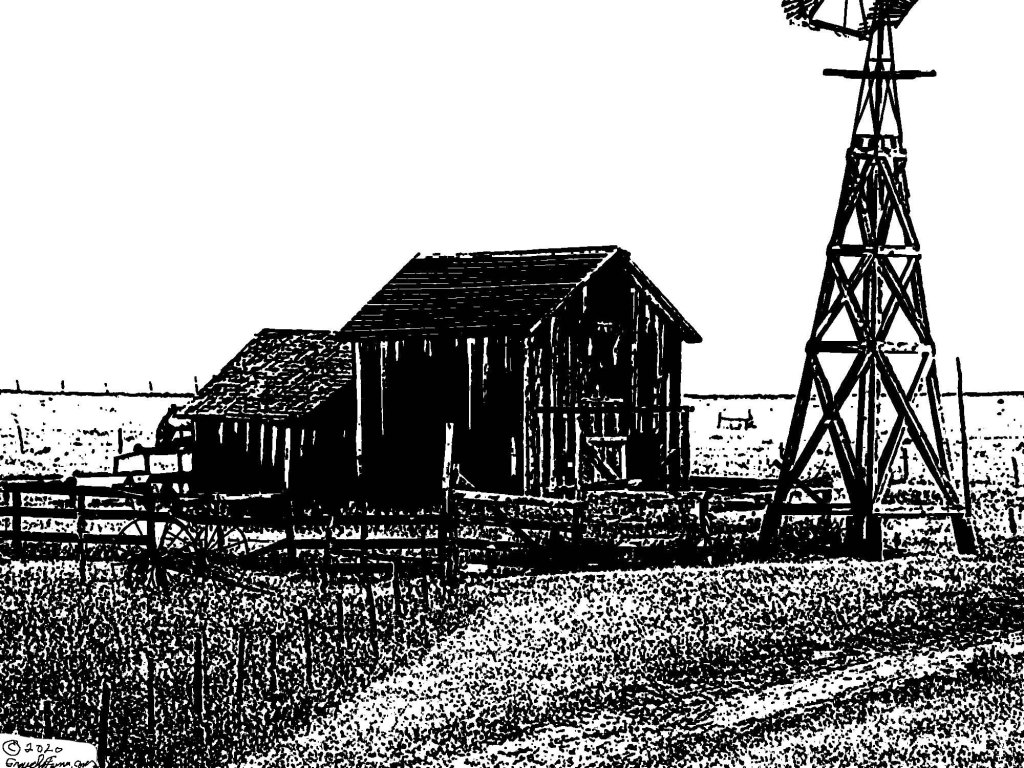
I haven’t done one of these in a long time so I thought it’s high time I took a look at what’s happening in the agricultural world. Especially now because the situation is difficult, to put it mildly. Well, not exactly agriculture directly in this article. I want to try to explain why we’re seeing empty shelves in the grocery stores when we actually don’t have any real shortages of product.
Empty Shelves
We all know that when this started almost immediately stores were stripped bare of sanitizer, sanitizing cleaners, hand soap, protective equipment like masks and gloves, etc. This was followed by store shelves being stripped of toilet paper, paper towels, and then food products, especially staples like rice, beans, flour, canned foods, butter, etc. And, oddly, even things with short shelf life like milk and cream. (Why in the world would people who almost never drink milk in the first place suddenly need to buy gallons at a time? I have no idea.)
But despite the bare shelves there are no real shortages, at least not of consumer food products. There are several factors behind the empty shelves you’re seeing in the stores. Hoarders (how much hoard could a hoarder hoard if a hoarder could hoard hoard?) and profiteers are behind some of this, of course, but the biggest disruptions are due to the way our manufacturing and distribution systems work.
We have what amounts to two almost entirely separate production and supply systems. The first is the consumer system that makes and sells product to you and me. It provides products that individual consumers want, in relatively small quantities that are suitable for individuals or families. The second is the commercial system that sells in bulk quantities to institutions like restaurants, schools, hospitals, prison systems, etc. and industrial processors that use those products to make still other products, like the processed food industry.
The result of this system is that we are in a rather bizarre situation where we have surpluses and shortages, of exactly the same products, at exactly the same time. Dairy is an example of this. Even while a lot of people are reporting shortages of milk and grocery stores putting strict limits on how much milk people can buy, we have such a surplus of milk on the supply side that a lot of farmers are dumping the stuff down the drain because they can’t find a processor to buy it.
So how the hell can you have a shortage and a surplus at the same time?
Well, we have a situation where most schools are closed, most restaurants are closed, a lot of businesses are closed, and a lot of people who would normally be at work or at school are now stuck at home. This means that meals that normally would have been eaten at school, work cafeterias, food trucks, restaurants, etc. are now being eaten at home. (About 50% of the money we spend on food here in the US is spent on meals eaten away from home.) Which means people are buying a lot more groceries, and more milk and dairy products in general for consumption at home. Add in the hoarders who, for some reason, think they need to buy six gallons of milk at a time (seriously, I’ve seen people doing this) despite the fact it will go bad long before they’ll ever use it, and it puts pressure on the whole distribution system delivering milk to grocery stores.
At the same time, schools are a major buyer of milk for the school lunch program, and they are largely shut down. As are restaurants.
So at the consumer level, the grocery store part of the market, we’re seeing increased purchases of products, while at the same time on the commercial side of things we’re seeing a dramatic loss of sales of similar products. So we’re having both shortages and surpluses, at the same time, of the same product.
Why not switch the commercial production facilities to produce for the consumer market? Well, you can’t. Production facilities used to make the half pint cartons for the school lunch program can’t be switched over to making gallon jugs for grocery stores. They use entirely different manufacturing and bottling equipment. The same is true for other sectors of the market. Attempting to switch from production of products for institutional and commercial markets to production for consumer markets is extremely difficult and very expensive. By the time a switchover could be done, the pandemic situation will have subsided and manufacturers will find themselves with manufacturing facilities that are now set up to make the wrong product.
Instead of dumping milk make cheese out of it? Can’t do that either. Cheese makers were already running at nearly 100% capacity even before this started. And even if there was the capacity to produce cheese, there isn’t any market for it because the cheese market is saturated to begin with.
The same is much the same with other products. The products are there, but those products aren’t in a form consumers would accept because they’re intended for the institutional or commercial market and are available only in bulk or in a form consumers don’t want. Toilet paper is a good example of this. While there are shortages on the consumer side, there is a glut on the institutional side of the market. With schools and a lot of businesses shut down, sales of TP for those markets has dried up. But the TP intended for that market would be entirely unacceptable for consumer use. The rolls are too big, or in sizes that wouldn’t fit a home TP holder, or the quality… Well, if you’ve used a restroom in a school you know what a miserable excuse for toilet paper that stuff is.
I have to mention the distribution system, too. Most companies, including grocery stores, switched to what is generically called a “just in time inventory” system long ago. That means that stores don’t stockpile product. You won’t find back rooms chock full of TP or canned goods or whatever at your average store. The store orders only enough product for a very limited amount of time. If they get deliveries every, oh, three days let’s say, they will order only enough product to deal with three days worth of normal sales. Why? Because storage costs money. Adding square footage to a store not only increases its build cost, it also increases its property tax bills, heating and cooling costs, electric costs, etc. So space devoted exclusively to storage of product is kept to an absolute minimum.
Normally this system works fairly well. But these aren’t normal times, so when a store gets hit by abnormally high sales of specific products, well, the whole system falls apart fast. When the panic buying started, grocery stores would see an entire day’s worth of a product sold out in an hour. Seeing the empty shelves spooked other consumers, who immediately panicked and started cleaning out the shelves of other products. Stores would restock as fast as they could, only to burn through several days worth of product in just a few hours thanks to panic buying.
If the distributors had an adequate inventory on hand it wouldn’t have been such a big problem. But they didn’t either. They were using the “just in time” system too, and were only stocking enough product to support their stores for a limited amount of time. Those stocks were depleted within days, and they were scrambling to get product from the flour mills, dried bean distributors, rice distributors, etc. to try to restock. The mills and packaging companies had more than enough bulk product on hand, but their packaging facilities couldn’t increase production beyond a certain point. Basically the entire distribution system began to fail under the strain of the panic buying and the increase in consumer sales.
The system is, finally, starting to adapt, at least around here. But as for what’s going to happen in the future, well, that’s anyone’s guess.



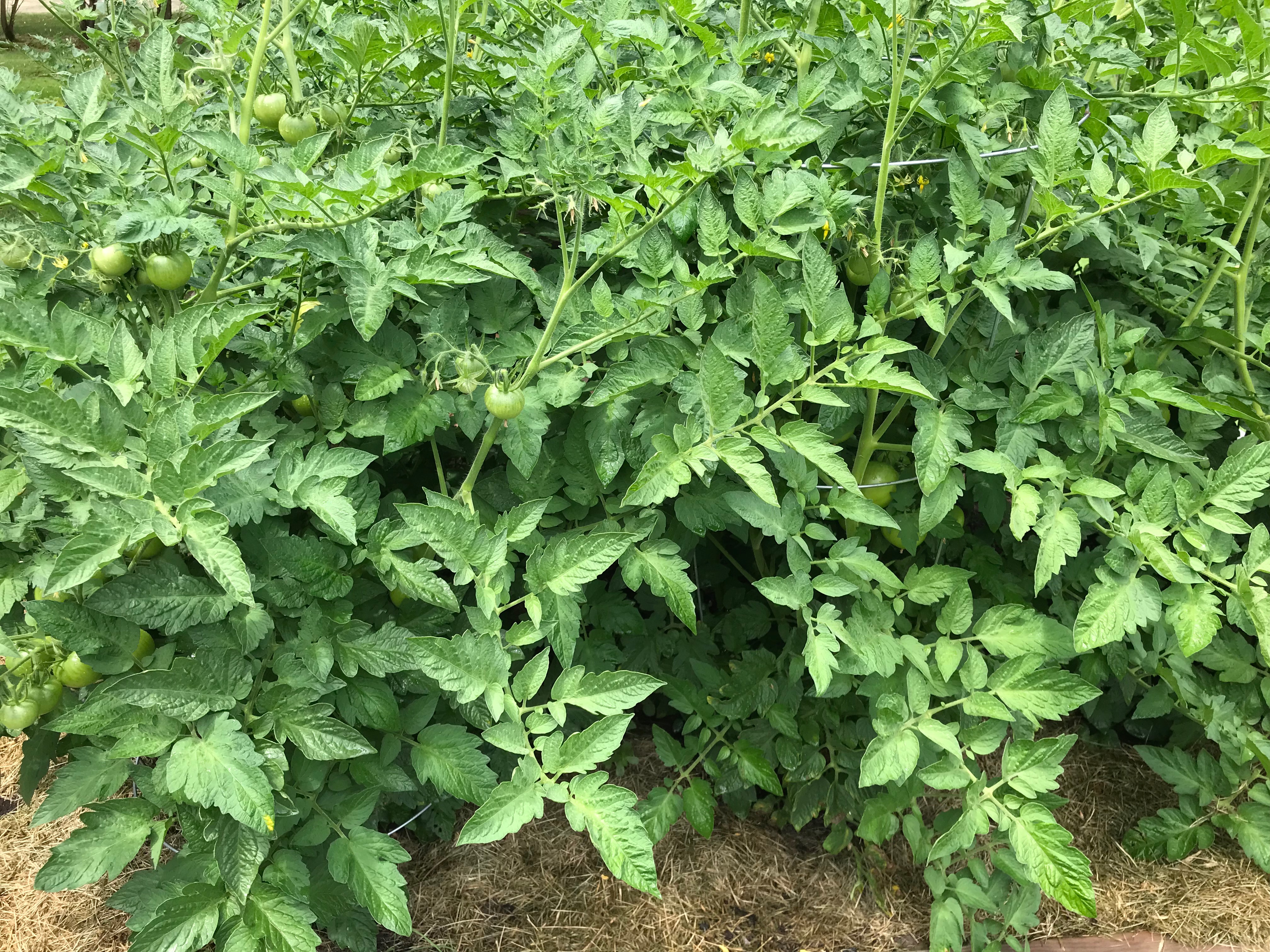
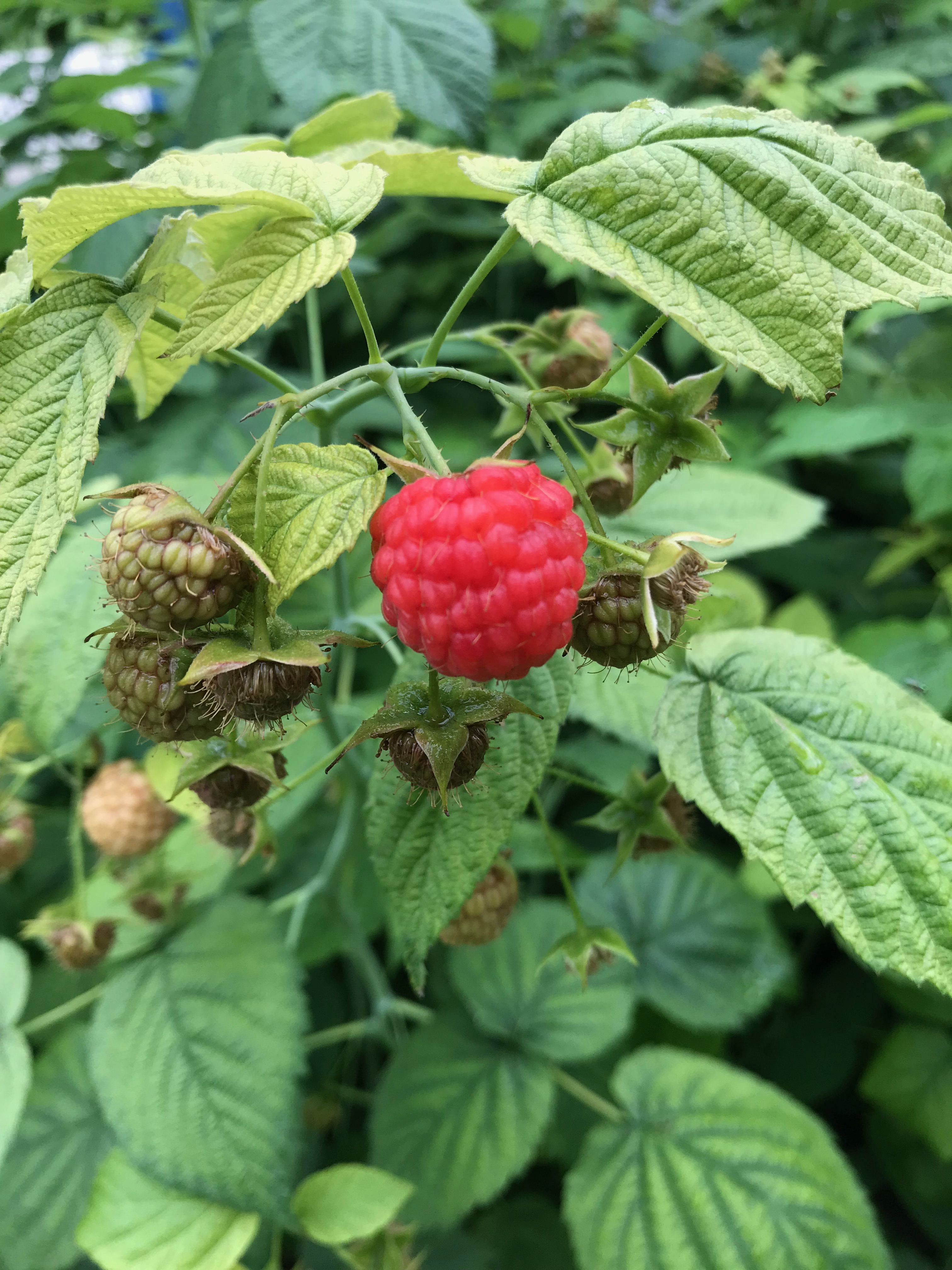
 I picked up one of those goofy little roses in a teacup that you see at discount stores sometimes for MrsGF one day because I thought it would look neat on the window sill in the kitchen for a few days, and then it would probably die and we’d toss it and that would be the end of it. Well, MrsGF transplanted the dopy thing into a larger pot, stuck it outside and it’s been going crazy just like the tomatoes have. It’s quadrupled in size and has been putting out brilliant red flowers ever since.
I picked up one of those goofy little roses in a teacup that you see at discount stores sometimes for MrsGF one day because I thought it would look neat on the window sill in the kitchen for a few days, and then it would probably die and we’d toss it and that would be the end of it. Well, MrsGF transplanted the dopy thing into a larger pot, stuck it outside and it’s been going crazy just like the tomatoes have. It’s quadrupled in size and has been putting out brilliant red flowers ever since. So I ran across this item this morning over at Agweb and while I agree that the dating system used on most food products is often highly misleading, there are statements in that article that I find troubling.
So I ran across this item this morning over at Agweb and while I agree that the dating system used on most food products is often highly misleading, there are statements in that article that I find troubling.
